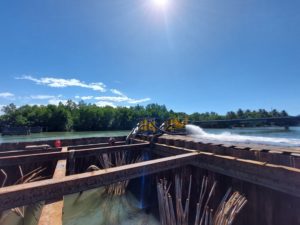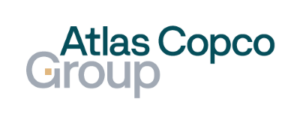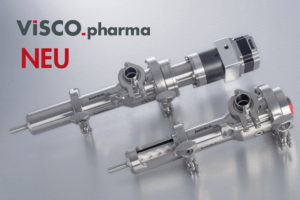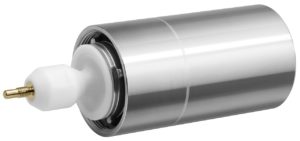Atlas Copco Central Vacuum Stations Supply Packaging Lines at Tönnies Beef
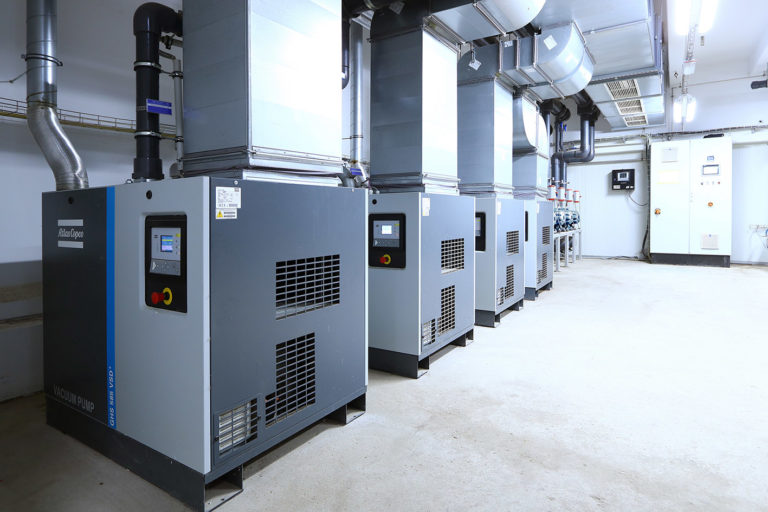
Central vacuum station 1 comprises four variable-speed screw vacuum pumps of the type GHS 585 VSD+ and five boosters. (Image source: Atlas Copco)
What used to be a mixed slaughterhouse has become a "bovine animal competence center": For decades, cattle and pigs were slaughtered and butchered at the same time in Badbergen on behalf of other companies. In 2017, the Tönnies Group took over the site and decided to base its entire slaughtering operation in Badbergen – up until that point, this had taken place at the company's main site in Rheda-Wiedenbrück. In 2020, Tönnies Beef reopened the site after extensive conversion and renovation. The Group invested around 85 million euro in the building and state-of-the-art technology at this site in a small town in northern Lower Saxony, between Oldenburg and Osnabrück. The slaughtering, butchering and finishing processes are based on the latest cooling technology, machine-based butchering and highly automated picking and shipping lines.
Several hundred tons of meat leave the site every day and 95% of the animal – practically everything – is utilized. This allows Tönnies to satisfy different eating habits around the world: While German consumers prefer lean beef, meat with a thick layer of fat is popular in Scandinavia and other European countries, according to the manufacturer's website.
Efficient screw vacuum pumps provide forming, low and fine vacuums
"The cuts weigh between 1.5 and 9 kilograms after butchering," explains Waldemar Metzger, Technical Manager of Tönnies Beef GmbH & Co. KG in Badbergen. The cuts are vacuum-packed for various major customers. For this purpose, Tönnies has installed several packaging lines in the halls: Seven thermoforming roller machines and two robot-operated shrink-wrap packaging machines. Efficient Atlas Copco vacuum pumps are used in the systems to vacuum pack the tubular/shrink bags and thermoformed plastic trays, and to keep the meat really fresh. They work in two stations and supply forming, low and fine vacuums.
The thermoforming machines supplied by vacuum station 1. There are four Atlas Copco GHS 585 VSD+ variable-speed, oil-injected screw vacuum pumps that evacuate the air up to 40 mbar (absolute), as well as four small boosters that lower the pressure even further to 3 mbar. One of the screw pumps supplies the forming vacuum for the thermoforming roller machines, which only require around 100 to 150 mbar for the forming process. The other vacuum pumps in this station are connected to the boosters. One of the pumps is redundant at any given time: This is also the case in the second vacuum station, which comprises five GHS 730 VSD+ pumps that remove the air from the shrink bags at the Cryovac lines. "The size of the cuts of meat is automatically detected by our systems," explains Waldemar Metzger. "The packaging machines then automatically insert the cuts of meat into the tubular bags, which are cut to the correct size under a vacuum bell." Under the hood, all ambient air is then evacuated in two stages until the pressure is around 3 mbar (fine vacuum).
"With the forming vacuum – or thermoforming vacuum, as it's also called – the plastic tray is formed by cutting the foil roll," says the Technical Manager. After filling the shell with smaller pieces of meat, the shell is "wed" to the cover film: The tool closes and seals the packaging airtight at 3 to 5 mbar using the fine vacuum. Sorting machines assign the individual trays and tubular bags to larger boxes, which are then used to pick custom boxes for customer orders.
Efficient speed regulation reduces energy requirements by a third or more
Waldemar Metzger has been working in Badbergen for 20 years and has been part of the planning and execution stages of converting the mixed slaughterhouse to a purely beef operation from the very beginning. This included the decision to purchase Atlas Copco variable-speed vacuum pumps. "As far as technology is concerned, being able to vary the speed of the GHS vacuum pumps is essential to us and saves energy," stresses the Tönnies employee. "Compared to fixed-speed machines, you can reliably cut down energy requirements by around a third – perhaps even by half, depending on the diversity factor."
The controls on the vacuum pumps have a user-friendly plain text display, which also indicates the running hours and maintenance intervals. Since the Atlas Copco pumps can be connected directly to an exhaust system, it was possible to use air-cooled pumps. According to the manufacturer, this improves the climate of the room; it is no longer necessary to have the additional room cooling often required when using central vacuum systems.
The project was implemented on site by and with Oliver Hornberg, Managing Director of Eugen Theis Vakuumtechnik in Werther. He delivered the pumps to Tönnies Beef, ready to use – including a 400 m pipeline in the converted slaughterhouse, measuring in places to a diameter of DN 300. His company, Eugen Theis GmbH, was founded in 1984 and specializes in vacuum technology. In 1999, Hornberg took over the business from its founder, Eugen Theis, and 20 years later, in late 2021, sold it to Atlas Copco after he could not find a successor. "Our two children are pursuing other career paths," he says. Hornberg himself remains Managing Director even after the company was sold to Atlas Copco and is looking forward to significant growth under the umbrella of one of the world's largest suppliers of vacuum pumps. The company already operates throughout Germany: "From Flensburg in the north to Regensburg in the south and Halle (Saale) in the east," he says, outlining the reach of his company: This also includes Badbergen in the (north)west, as he sometimes stops by at Tönnies Beef to maintain the machines.
Source: Atlas Copco AB


